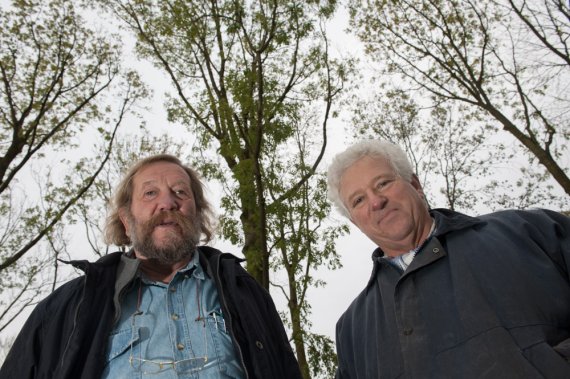In Denmark 95 percent of the ash population is affected. In Sweden the ash is already on the danger list. It is not that bad yet in the Netherlands, say Sven de Vries and Jitse Kopinga of the Dutch Centre for Genetic Resources but ash dieback is advancing relentlessly here too. The situation in parts of Flevoland is already dramatic, the pair say: ‘Just as bad as in the Baltic states and Poland.’The disease was first reported in the Netherlands in 2010. It is an infection with Chalara fraxinea, an exotic species of fungus which spread from south-east Asia via eastern Europe over northern and western Europe in the past few decades. You can recognize an affected ash by the ‘bareness’ of the ends of its branches. The tree looks stripped and in severe cases it is doomed.
With funding from the Dutch Horticulture Product Board, last year De Vries and Kopinga set up a three-year research project on the ash dieback. But now that the Product Board has gone, the funding for the ash study has gone with it. Crowdfunding is the researchers’ ‘last chance’ of finishing the study.The Wageningen scientists want to do tests under controlled conditions on ash trees with good chances of survival, checking them for tolerance and resistance to the pathogenic fungus. But for this they need funding to the tune of 150,000 euros, which they hope to raise using crowdfunding.
Youtube
Nurseries, gardeners, municipal councils and others involved in land management who wish to join in are asked to contribute 5000 euros per year. In exchange they will have exclusive access (for five years) to the knowledge that is generated and the material for breeding tolerant ash trees. Potential donors are being approached this week through sector magazines. And there is a film on Youtube to back up the campaign.

